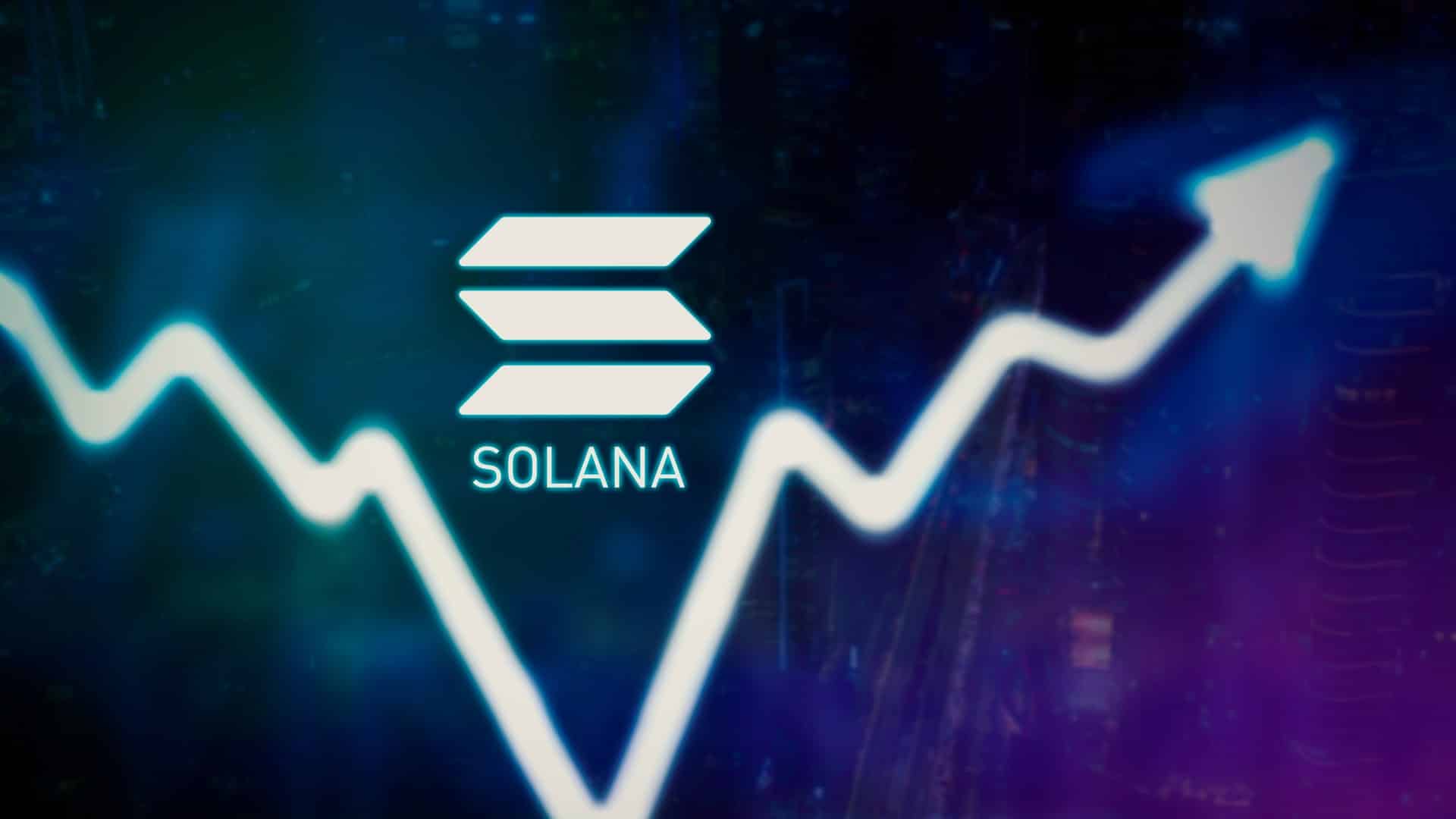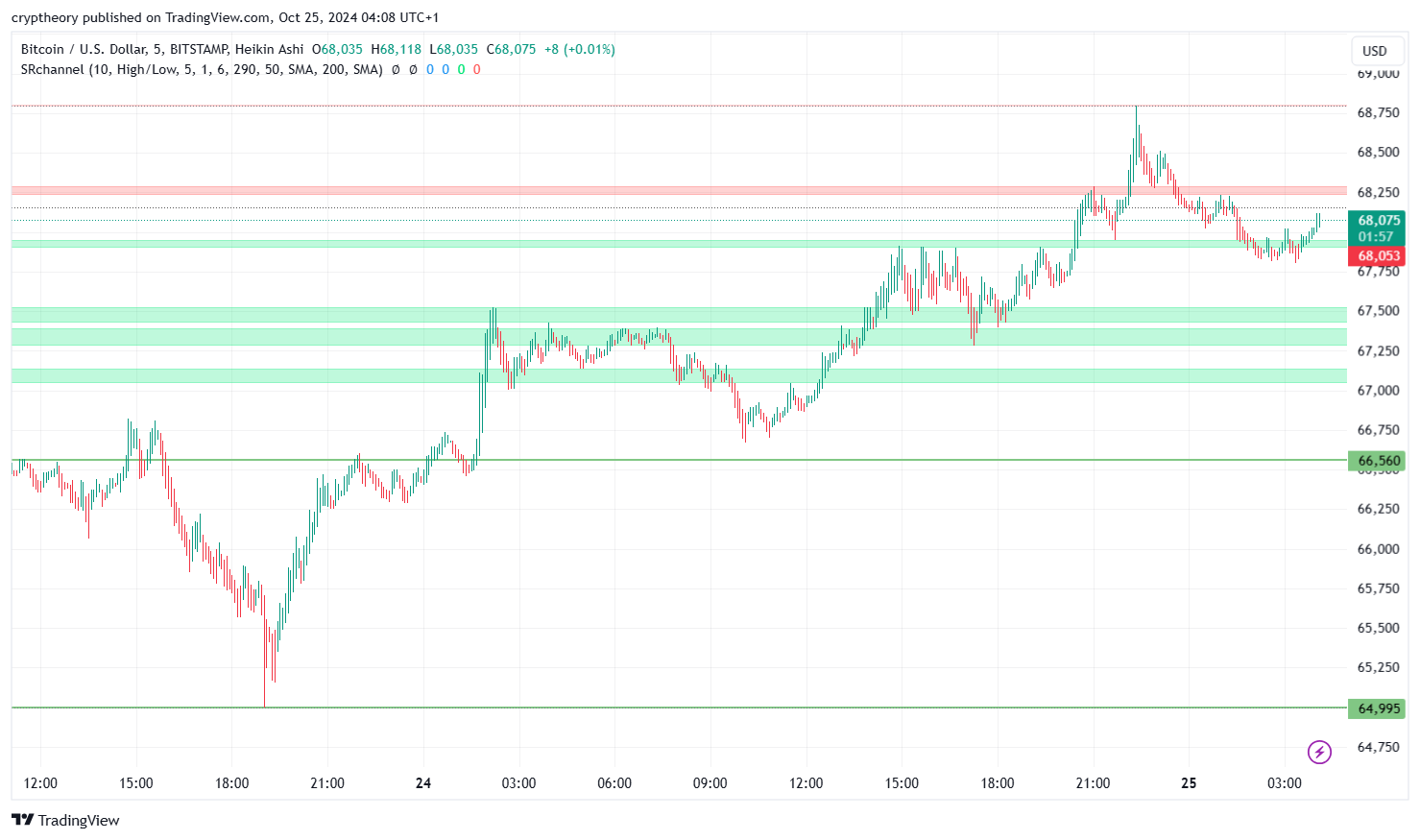The final version of the MiCA was approved by the European Parliament on April 20, 2023. There were still significant changes compared to the supposedly final version of the text that was leaked in October 2022. The now final text now has to be formally approved by the Council of the European Union before it can finally be published in the Official Journal of the EU. The MiCA then comes into force 20 days after publication. Initially, however, only provisions that are aimed at the ESMA, the EBA and the ECB and require them to develop regulatory technical standards and guidelines immediately have legal effect.
The regulations aimed at market participants will only have a successive legal effect. Titles III and IV of the MiCA, which set rules for value-referenced tokens and e-money tokens, will already apply 12 months after the MiCA was promulgated in the EU Official Journal. Providers who want to operate or implement business models with value-referenced tokens or e-money tokens therefore only have one year to prepare for the new regulatory framework. Specifically affected are providers of stablecoins and crypto exchanges on which stablecoins can be traded.
Strong market need for stablecoins in professional crypto trading
For professional crypto traders, using Stabecoins comes with significant benefits. Stablecoins allow a quick and uncomplicated way of hedging against price risks of crypto assets. By investing in an e-money token linked to the value of the euro or the US dollar, traders can secure short-term values directly on a crypto exchange without having to exchange them for fiat currency. Crypto investments can also be pooled without exchanging them for legal tender.
After MiCA, however, e-money tokens will only be allowed to be publicly offered by a supervised credit institution or e-money institution in about a year. Admission to trading for e-money tokens on a crypto exchange may then only be applied for by a credit institution, an e-money institution or a person commissioned by such an institution. According to MiCA, all crypto assets that meet the definition of e-money tokens will generally have to be treated as e-money within the meaning of the second e-money directive (EMD2), regardless of the question of whether the token meets the definition of EMD2 for e- money fully satisfied.
According to MiCA, what must be considered when issuing e-money tokens?
According to the MiCA, e-money tokens may only be issued at nominal value against payment of the equivalent in fiat money. In addition, entities issuing e-money may not offer any interest in connection with e-money tokens. Holders of e-money tokens must have a redemption claim against the issuer of the e-money tokens at any time. If they exercise their redemption right, the e-money token issuer may not charge a fee for the redemption. Money can be made from the issuance of e-money tokens to the extent that e-money issuers are allowed to invest a maximum of 70% of the funds received in exchange for e-money tokens in safe, low-risk and liquid financial instruments.
At least 30%, on the other hand, must be held in segregated bank accounts. In any case, issuers of e-money tokens must inform the supervisory authority responsible for them – in Germany the BaFin – 40 days in advance of the public offer or the application for admission to trading. In addition, issuers must prepare and publish a MiCA white paper before launching their e-money tokens and make it available to BaFin. Approval or approval from BaFin is not required. Nevertheless, the content requirements for the MiCA whitepaper must be strictly adhered to, since issuers of e-money tokens will be liable to the token holders regardless of fault if the whitepaper is not published or is incorrect.
- Bitcoin Whales Cash In Millions Amid Recent Rally - November 20, 2024
- Hidden Pattern on XRP Charts Suggests a 500% Surge – Is It Finally Moon O’Clock? - November 20, 2024
- $PNUT Up 325% In 7 Days, Heading To New Record – Will This New Altcoin Be The Next Hot Deal? - November 19, 2024






















